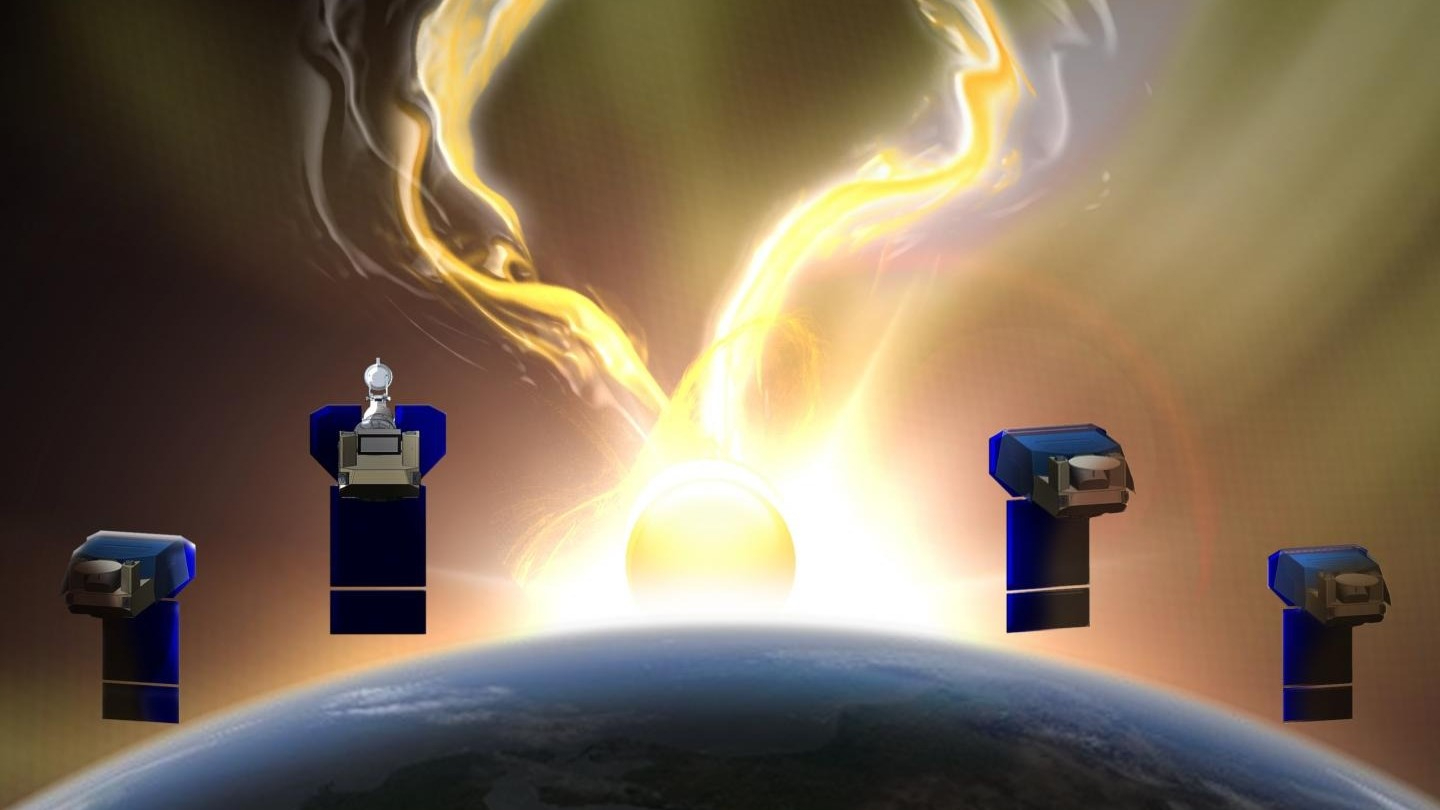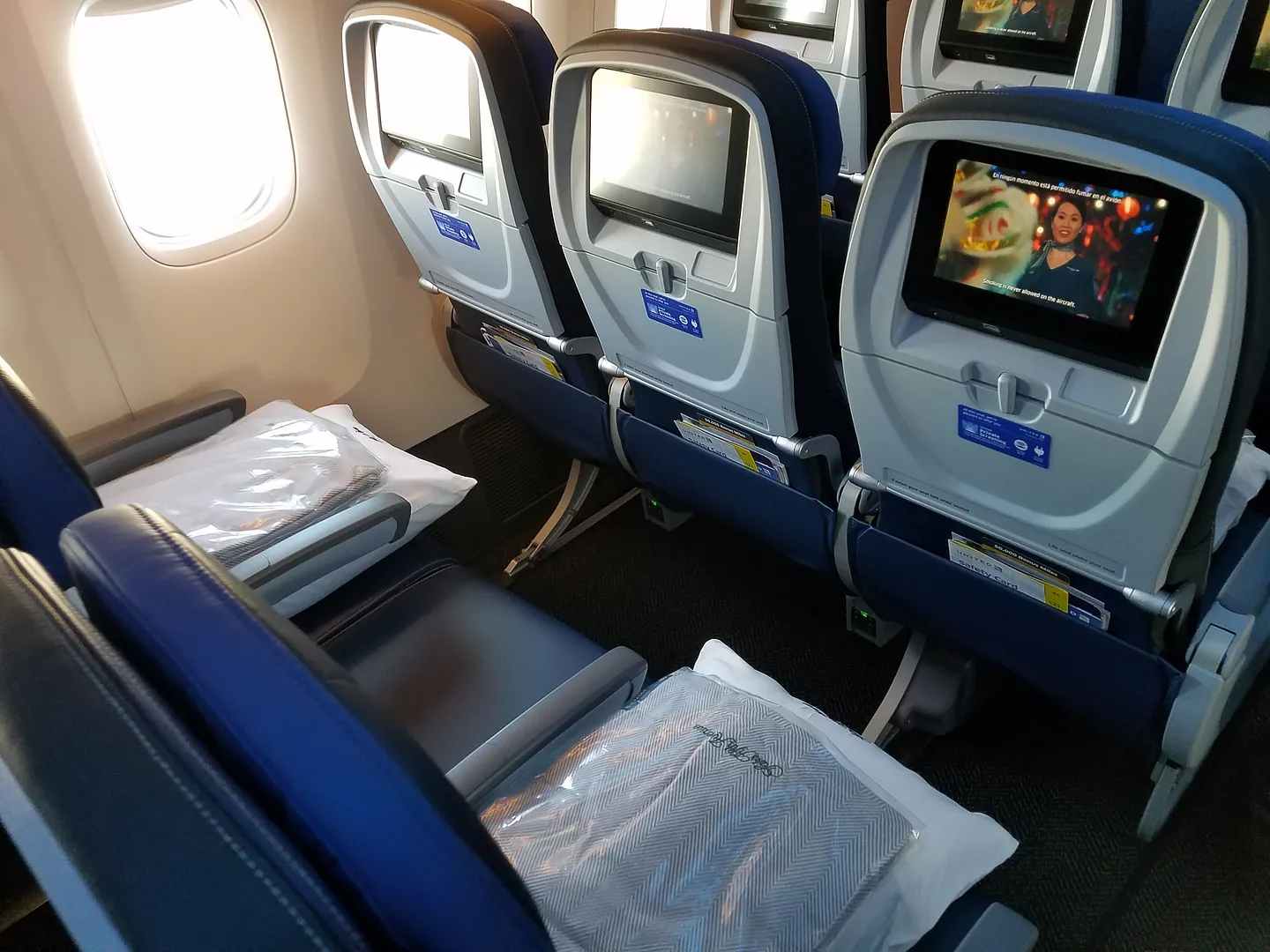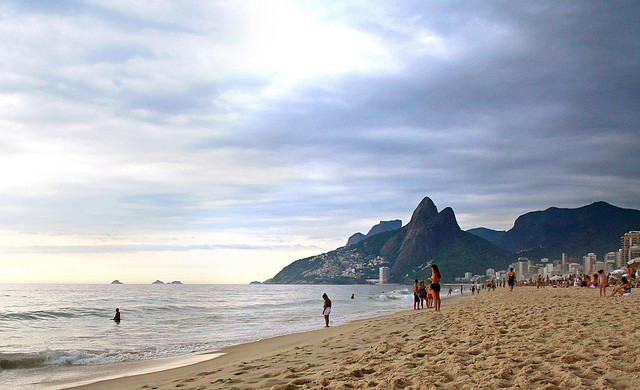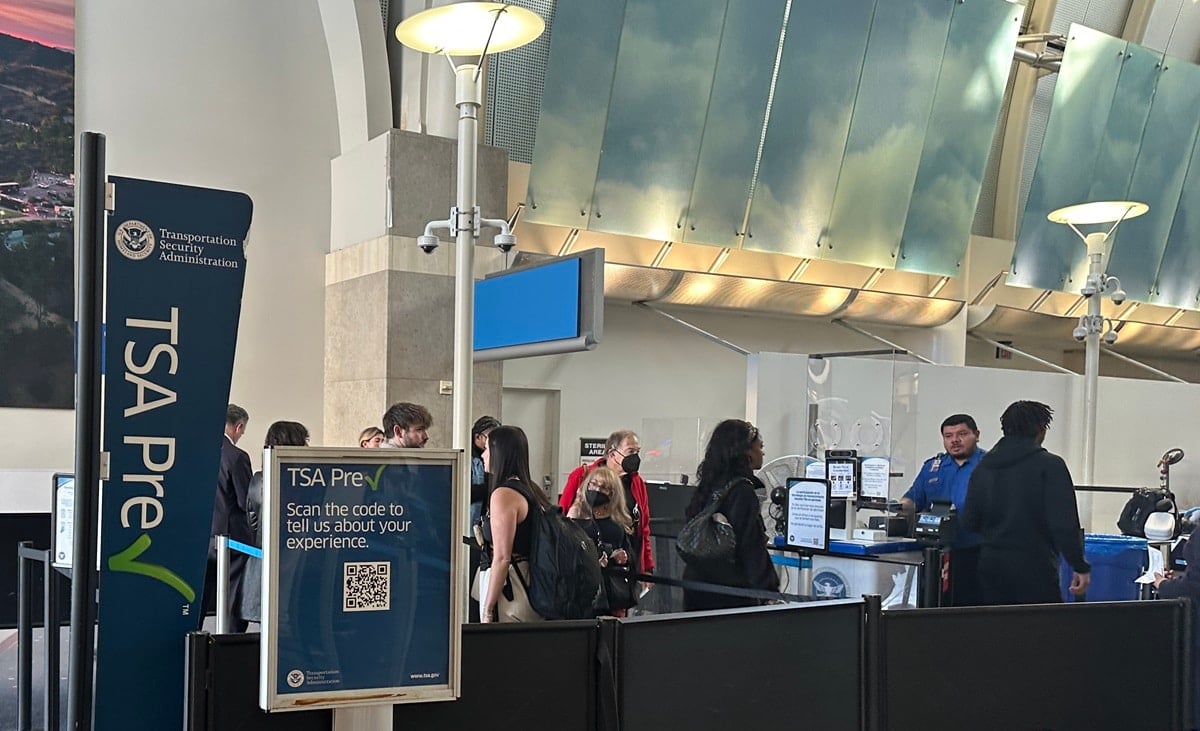The Sunwheel in Hadley, Massachusetts
Each solstice, on the outskirts of the University of Massachusetts Amherst campus, students and community members gather around a sun wheel, a primitive version of a calendar consisting of stones aligned in a circle that allow for people to track the orientation of the sun. A now-deceased UMass astronomy professor began the multi-year construction process in May 1997 with only a few two-foot-tall stones, before eventually being completed in 2000 with 14 stones in total, the largest one standing 10 feet tall. The stones were sourced from a quarry only 50 miles away from campus, with the largest stone standing at 10 feet and weighing 8500 pounds. The four stones that stick out mark the sunrises and sunsets of the summer and winter solstices. Visiting the Sunwheel repeatedly allows onlookers to witness the change in variation of the sun’s location along the horizon. Numerous projects are given to astronomy students that include studying the rates at which the sun moves, the differences between lunar and solar motion, the different locations of stars over time, and the way shadow length changes depending on the seasons. Students, school groups, community members, and general astronomy enthusiasts gather four times a year at the site to witness the solstices of each season at sunrise.


Each solstice, on the outskirts of the University of Massachusetts Amherst campus, students and community members gather around a sun wheel, a primitive version of a calendar consisting of stones aligned in a circle that allow for people to track the orientation of the sun. A now-deceased UMass astronomy professor began the multi-year construction process in May 1997 with only a few two-foot-tall stones, before eventually being completed in 2000 with 14 stones in total, the largest one standing 10 feet tall. The stones were sourced from a quarry only 50 miles away from campus, with the largest stone standing at 10 feet and weighing 8500 pounds. The four stones that stick out mark the sunrises and sunsets of the summer and winter solstices.
Visiting the Sunwheel repeatedly allows onlookers to witness the change in variation of the sun’s location along the horizon. Numerous projects are given to astronomy students that include studying the rates at which the sun moves, the differences between lunar and solar motion, the different locations of stars over time, and the way shadow length changes depending on the seasons. Students, school groups, community members, and general astronomy enthusiasts gather four times a year at the site to witness the solstices of each season at sunrise.

















_Agata_Gładykowska_Alamy.jpg?#)























































